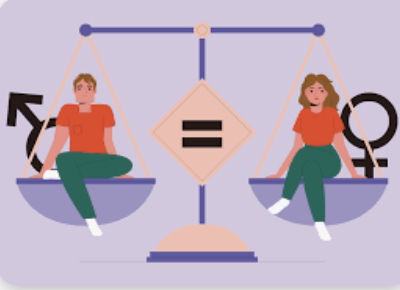The study I mentioned earlier, conducted by the World Bank in 2011, examined the relationship between gender equality and fertility rates by using the Gender Development Index (GDI) as a measure of gender equality. The GDI is a composite index that compares the status of women and men in three key dimensions: health, education, and economic participation. A higher GDI value indicates greater gender equality in a country. The study found a positive correlation between gender equality and lower fertility rates, meaning that countries with greater gender equality tended to have lower fertility rates. However, correlation does not imply causation, and the relationship between gender equality and fertility rates is likely influenced by multiple factors.
Regarding hypergamy, the concept suggests that women tend to marry men with higher social status, wealth, or education. When gender equality improves, and women have more opportunities for education and career advancement, the pool of potential partners with higher social status may decrease. This could lead to some women delaying marriage and childbearing, ultimately resulting in lower fertility rates.
However, it is important to consider that hypergamy is not a universally applicable concept, and individual preferences, cultural norms, and societal values can vary significantly across different countries and populations. While the concept of hypergamy might partially explain the relationship between gender equality and fertility rates in some contexts, there are likely other contributing factors, such as:
- Women’s empowerment: As gender equality improves, women are more likely to have control over their reproductive choices, leading to better family planning and potentially smaller family sizes.
- Education and career focus: With greater gender equality, women are more likely to prioritize education and career development, which could result in delayed childbearing and smaller families.
- Changing social norms: As societies become more gender-equal, there may be shifts in cultural norms and values related to family size, gender roles, and the importance of having children.
- Economic factors: Gender equality can contribute to women’s increased participation in the workforce, which could result in higher household incomes and decreased economic pressure to have larger families.
In summary, while the concept of hypergamy might offer some insight into the relationship between gender equality and fertility rates, it is essential to consider the broader context and other contributing factors. The relationship between gender equality and fertility rates is complex and likely influenced by a combination of personal choices, cultural norms, and societal values.
